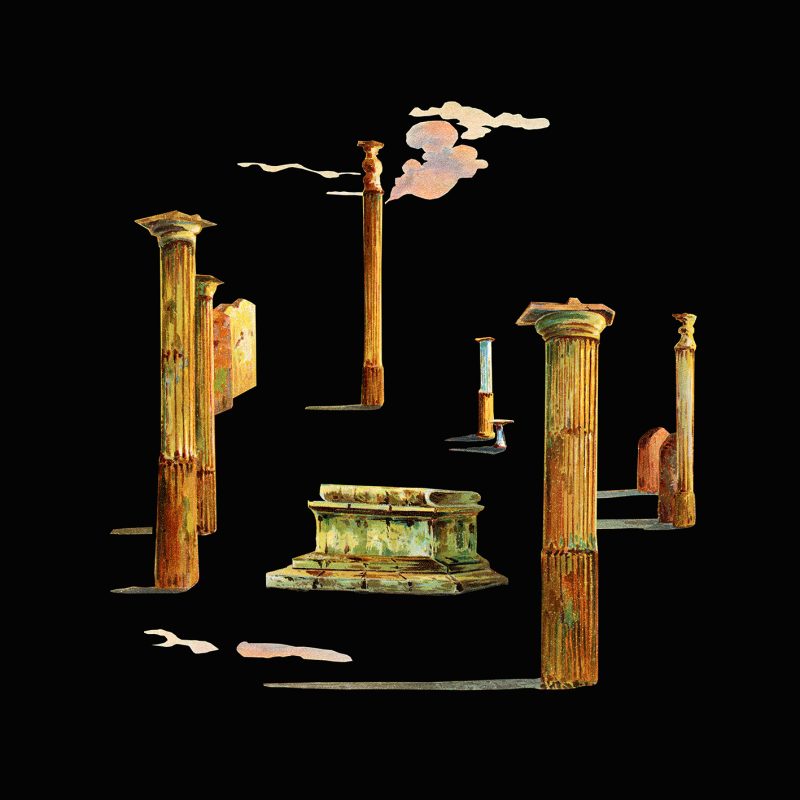This project began with a two-day intensive research residency at the Sheffield General Cemetery. Including a series of tours and trails led by the Sheffield General Cemetery Trust and the Geological Society, the residency provided insights in to the history of the site. The end of the research residency was marked by a public in-conversation, in which Maud Haya-Baviera, Victoria Lucas and Joanna Whittle talked about their findings.
Back in the studio, as with all of their research, there has been a long period of making in response to the objects, documents and sites encountered, which has resulted in a collection of new artworks and related events.



















































